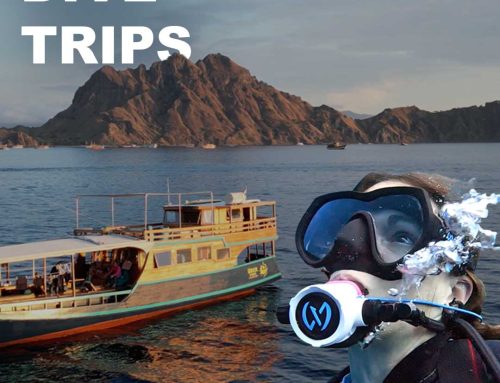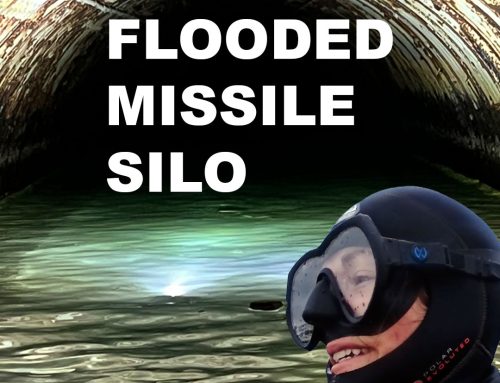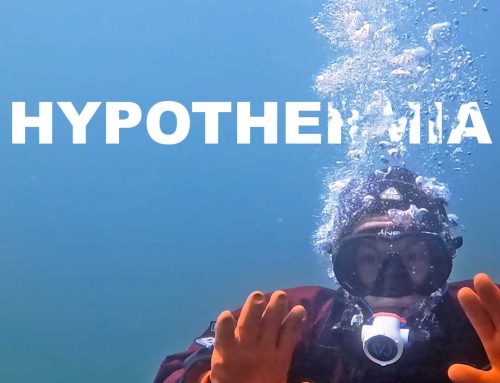The use of dive computers for all types of diving is common place these days. The technology has changed a lot in recent years and as such, dive computers are more accessible than ever.
With the use of computers, everything is simplified and dive instructors fall into a very common mistake when it comes to teaching beginner divers. Before, dive instructors taught dive tables, calculated pressure groups, limits of non-decompression NDL etc… Nowadays the common rule is, “follow what your computer says,” assuming that is all that you need to know as a diver, but the reality is that it’s not enough. Most people have no idea how to use their computers. One common misunderstanding is the distinction between the different kinds of “Stops” that your computer can give you during a dive.
First, you have to differentiate between mandatory and recommended stops, and then, what can happen if you omit these stops.
What are all these stops for?
The reason behind these mandatory and recommended stops is none other than to allow the amount of dissolved nitrogen in our tissues to decrease before reaching the surface. This off-gassing decreases the risk of nitrogen bubbles in your body which can cause damage. If these bubbles end up coming out of solution the diver experiences DCS or decompression sickness.
Your recommended safety stop during dives
At the end of each dive, your computer will suggest that you make a safety stop: usually 3 or 4 minutes at a depth of 5 to 6 meters. This stop, having dived within the safety limits of the diving tables, is more a precaution than a mandatory stop. Although, if you go deeper than 30 meters or if you dive very close to your limits of non-decompression, this stop becomes mandatory. On certain occasions and depending on your computer, the safety stop will not appear, letting you ascend to the surface directly. This happens after very shallow dives (between 8 or 10 meters).

Diving and exceeding the limits: mandatory decompression
When you exceed the limits of non-decompression of recreational diving, this is known as decompression diving. To be more exact, a dive with mandatory stops means that you cannot ascend directly to the surface since the risk of suffering DCS is very high. If you exceed your limit of non-decompression only for a few minutes (no more than 5 minutes), your computer will ask you to ascend (and here comes the first point of confusion if you are not familiar with diving with decompression), directly to 3 meters to stop for 8 minutes. Your computer will show you the word CEILING with two little arrows enclosing the depth at which you have to make your DEPRESSION COMPULSORY STOP for the time the computer asks you. DON’T GO SHALLOWER THAN THIS DEPTH until you have finished your stop.
Deco stop at 3 or 5 meters?
The strange part of this scenario is that the safety stop (most of the time, just recommended) that divers always make is at 5 meters. The decompression stop, which is mandatory, is at 3 meters, aka shallower than the safety stop.
How is this possible? If the safety is at 5, won’t it be safer to stay there for the decompression? Actually, no…
At 3 meters your body removes nitrogen more efficiently than at 5. The reason for these depths is that for recreational divers with little experience, it is easier to make a stop at 5 meters than at 3. Buoyancy is the limiting factor here. The stop at 3 meters is more difficult to control and remain static for longer, so diving with decompression is strictly for more experienced divers. This is for people who are more capable of mastering their buoyancy to the level expected for this type of diving.
Deep stops within scuba diving
Not all computers offer this option. Deep stops fall into another category and are only recommended during the dive. They are nothing more than a reminder that we have to ascend slowly towards the surface in case our diving plan is not a multilevel profile. For example:
You dive in a sunken ship and the ascent is direct and vertical towards the surface. Using an ascent/descent line, these stops of 1 or two minutes appear at different depths (18 or 9 meters) in order to slow down your ascent. It is a good idea to follow these recommended stops in order to keep your ascent rate within limits and dive more conservatively.
If you do a multilevel dive in which you ascend very progressively, as in a sloping reef, and you are diving for a few minutes on each level, the deep stops may not even appear on your computer (depending on the model).
Follow your computer, but understand the reasoning (and your dive computer manual)
It is clear that mandatory decompression stops are for more advanced diving. This kind of scuba diving is totally outside of recreational limits and specialized training is necessary. As for the rest of the stops… in particular, the safety stop, it is always advisable to do it. Deep stops are recommended, but depending on the profile of your dive, they will make more sense or not. Even though it is not scientifically proven that they are beneficial, anything that pushes you to be a more conservative and safe diver is a good thing.
Advice from the author
As a dive guide in the Komodo National Park, I always try to make safety stops longer than recommended, just to have an even greater level of safety. These are my two ways of doing it:
- If I make the stop in the blue, drifting or away from the reef, I make the stop 3 minutes to 5 meters and once finished, I take another minute to ascend from 5 meters to the surface.
- If the diving ends in a shallow reef, at least, I spend the last 7 or 8 minutes between 5 or 6 meters to make a long and entertaining stop, this is a great way to end a dive: safe and fun!
Azul Unlimited
We teach responsible scuba divers and ocean protectors. The brand is run by PADI IDC Staff Instructor Sarah Valdez who teaches scuba diving in person and on YouTube. Now she travels around the states and Mexico in her van scuba diving in new and different places. Follow her adventures on YouTube, Instagram, Facebook, and TikTok or join the Azul scuba community on Patreon.
Azul Unlimited is partnered with Azul Komodo, a top PADI IDC Center in Labuan Bajo, Indonesia offering daily dive trips to the Komodo National Park. Contact their team directly for an unforgettable experience diving in one of the top dive destinations in the world!
Scuba adventures on YouTube!
Subscribe for silly, educational scuba diving videos–totally free and designed to help all of our students wherever they are in the world. Ask your questions in the comments below each video to get direct answers from the Azul team.









